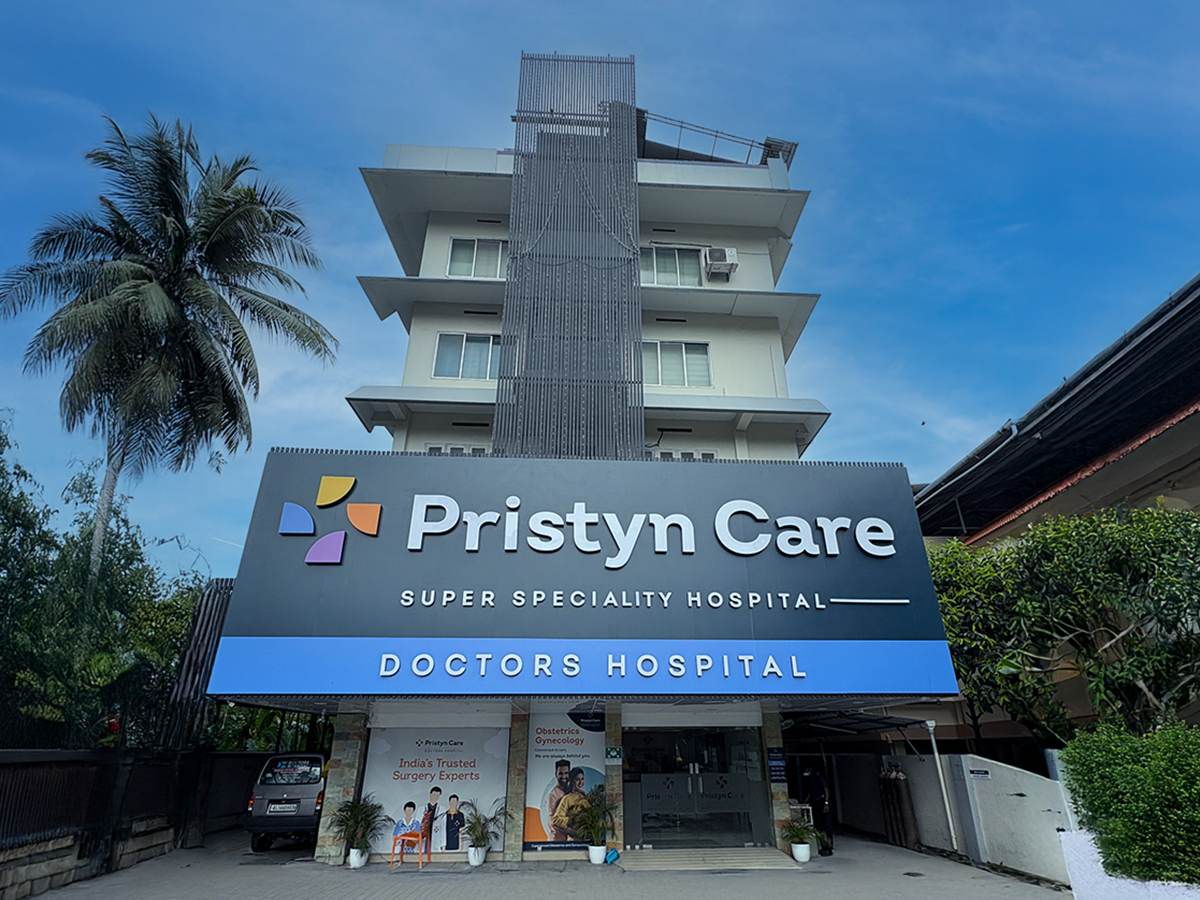
Kochi
USFDA Approved Procedures
Minimally invasive. Minimal pain*.
Insurance Paperwork Support
1 Day Procedure

DJ Stenting in Kochi
Pristyn Care stands out as the premier healthcare center for DJ stent in Kochi , renowned for its cutting-edge facilities and experienced urologists. Equipped with state-of-the-art technology and advanced instruments, Pristyn Care ensures precision and safety throughout the DJ stent placement and removal procedure. The commitment to excellence is reflected in their team of highly skilled urologists in Kochi , working with Pristyn Care, which specializes in kidney stones surgery and other urinary tract surgical interventions. These experts possess extensive experience in handling a wide range of urological conditions, ensuring patients receive optimal care tailored to their individual needs. With a focus on patient comfort and efficient treatment, Pristyn Care offers a seamless experience for DJ stent removal, providing patients with a hassle-free surgical experience and ensuring a swift recovery.
The following are some indications of a DJ Stent:
Inserting a DJ (double-J) stent typically involves the following steps:
Urologists prefer placing a DJ stent for the following advantages that it offers:
Although DJ stents are usually safe, but, they might carry potential complications, some of which are:


Pristyn Care Doctors Hospital is a growing hospital group situated in Kasaragod, Kerala, built on a strong objective that getting medical treatment shouldn’t feel like a financial burden. Everyone deserves quality care and that’s our major focus. We lead with compassionate, and competent medical care, backed by a strong team of experienced doctors and healthcare professionals.
Our hospitals are led by a family of doctors with more than 90 years of combined experience, and a management team that runs healthcare the right way, efficiently, ethically, and always putting patients first.
Our hospital is designed to offer a perfect blend of clinical expertise, modern infrastructure, and a warm, comfortable environment. At Pristyn Care Doctors Hospital, we strive to be the most dependable in every community we serve.
...Read More
Delivering Seamless Surgical Experience in India
Your safety is taken care of by thermal screening, social distancing, sanitized clinics and hospital rooms, sterilized surgical equipment and mandatory PPE kits during surgery.
A dedicated Care Coordinator assists you throughout the surgery journey from insurance paperwork, to free commute from home to hospital & back and admission-discharge process at the hospital.
Our surgeons spend a lot of time with you to diagnose your condition. You are assisted in all pre-surgery medical diagnostics. We offer advanced laser and laparoscopic surgical treatment. Our procedures are USFDA approved.
We offer free follow-up consultations and instructions including dietary tips as well as exercises to every patient to ensure they have a smooth recovery to their daily routines.
The placement of a DJ stent typically takes around 20 to 30 minutes to complete. This minimally invasive procedure is performed under sedation or local anesthesia, and patients are usually discharged shortly after with minimal downtime.
No, a DJ stent is not always required for kidney stones. It is typically used in cases where the stone obstructs the urinary flow, resulting in symptoms like severe pain, hydronephrosis (swelling of the kidney), or infection. The decision to use a stent depends on the urologist after careful observation of the anatomy of the kidney stone and the treatment approach.
After getting a DJ stent placed, you may be advised to:
No, a double-J (DJ) stent is not permanent and must be removed or replaced within 6 weeks to 6 months.